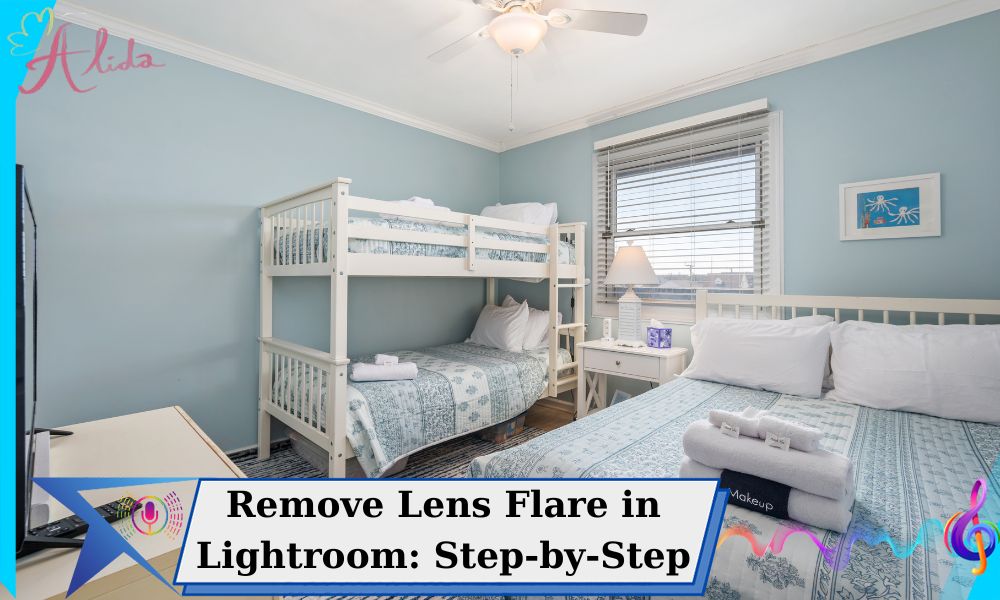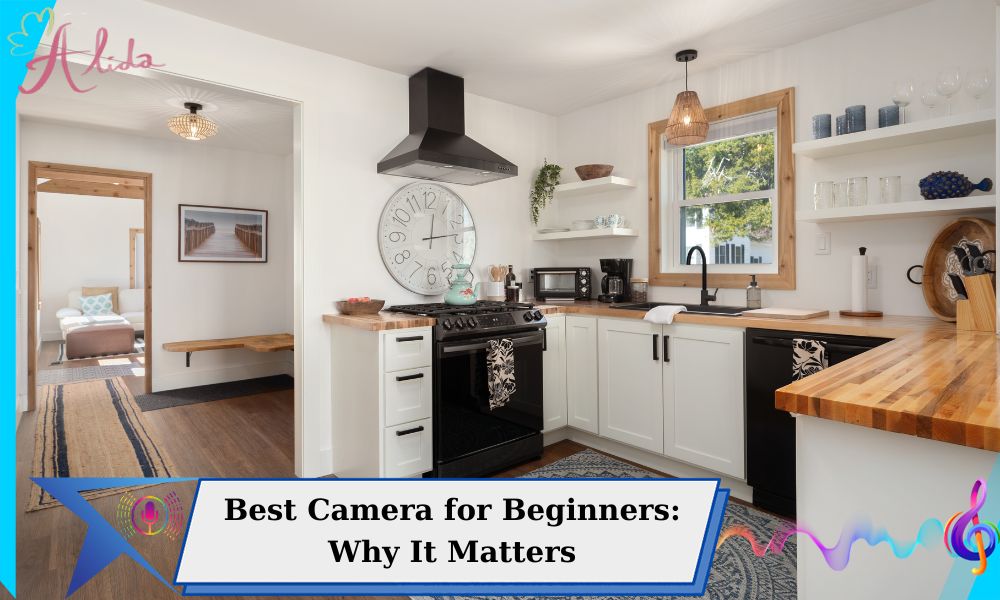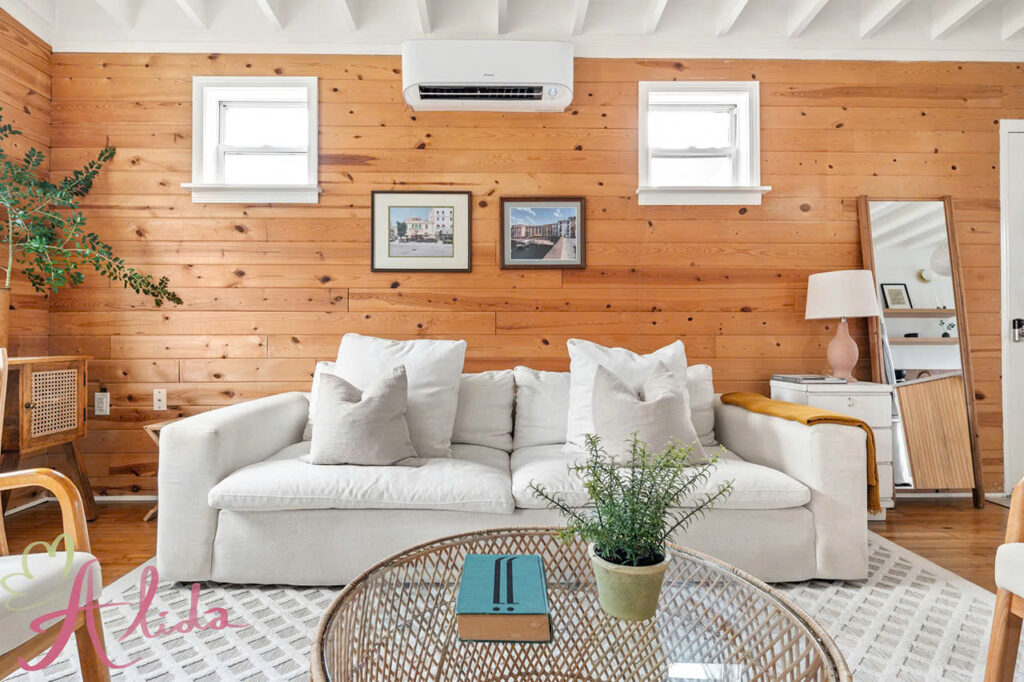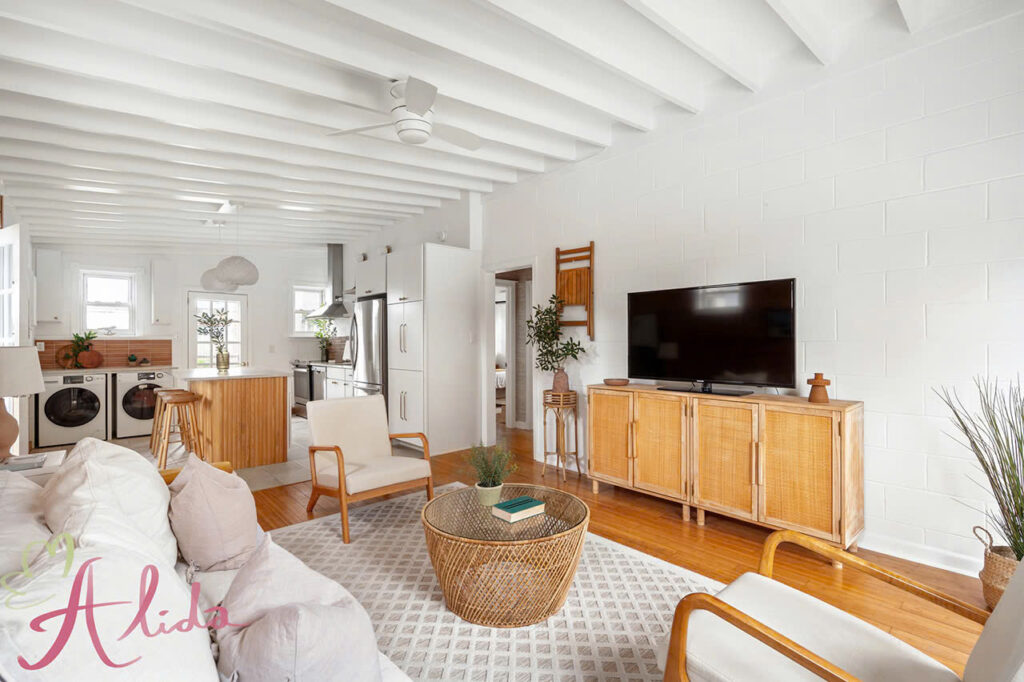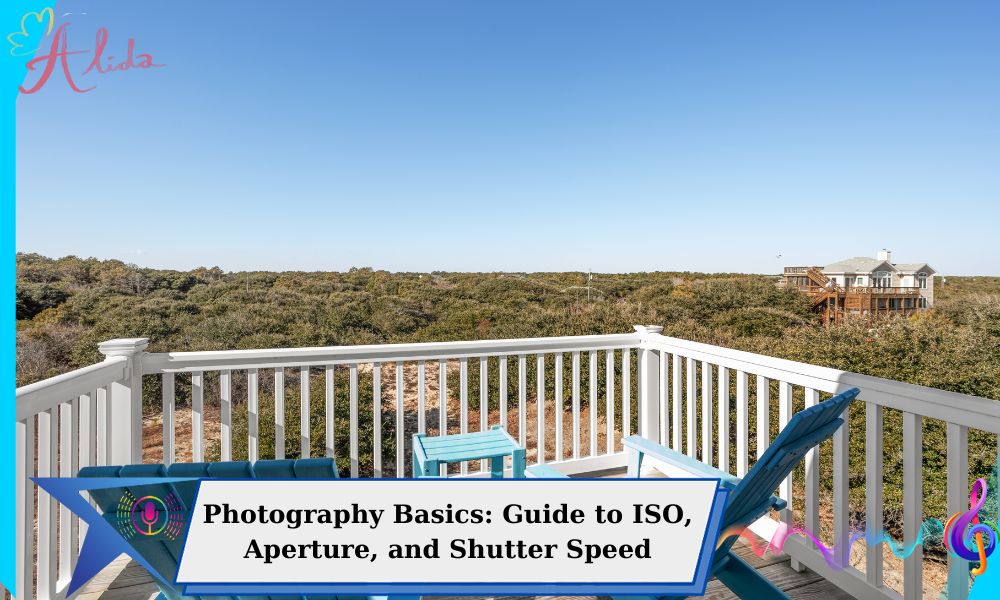Understanding the basics of photography is essential for anyone looking to take control of their camera and create stunning images. At the heart of photography lies the exposure triangle, which consists of three key elements: ISO, aperture, and shutter speed. Together, these elements determine the exposure, quality, and artistic style of your photos. In this guide, we’ll explore these concepts in detail and provide practical tips to help beginners master them.
Photography Basics: The Exposure Triangle
The exposure triangle is the foundation of photography. It represents the relationship between ISO, aperture, and shutter speed, and how they work together to control light and exposure.Understanding these three elements is crucial for beginners because:ISO controls the camera sensor’s sensitivity to light, while aperture regulates the amount of light that passes through the lens. Shutter speed determines the duration the camera’s sensor is exposed to light, affecting how motion is captured. Together, these three settings work in harmony to control exposure and image quality in photography. Mastering the exposure triangle allows photographers to capture images that are properly exposed, sharp, and creatively composed. Now, let’s dive deeper into each component.
Section 1: Aperture
1.1. What is Aperture?
Aperture is the adjustable opening in a camera lens that controls the amount of light allowed to pass through to the camera’s sensor. This opening can be widened or narrowed to regulate the exposure and depth of field in an image. It is measured in f-stops (e.g., f/1.8, f/4, f/11), where a smaller f-stop number indicates a larger aperture (more light enters the lens) and a higher f-stop number indicates a smaller aperture (less light enters).
1.2. Understanding Aperture Values (f-stop)
- Wide Apertures (e.g., f/1.8, f/2.8): Let in more light and create a shallow depth of field (DOF). These are ideal for portraits where the background is blurred.
- Narrow Apertures (e.g., f/8, f/11): Let in less light and create a deep depth of field. These are perfect for landscapes where the entire scene needs to be in focus.
1.3. Creative Uses of Aperture
- Portrait Photography: A wide aperture (e.g., f/1.8) produces a creamy, blurred background that isolates the subject.
- Landscape Photography: A narrow aperture (e.g., f/11) ensures everything from the foreground to the background is sharp and detailed.
Section 2: Shutter Speed
2.1. What is Shutter Speed?
Shutter speed refers to the length of time the camera’s sensor is exposed to light during each shot. This setting plays a crucial role in controlling how motion is captured and how much light enters the camera, affecting the brightness and sharpness of the final image. It is measured in seconds or fractions of a second (e.g., 1/1000, 1/10).
2.2. Photography Basics:Common Shutter Speed Ranges
- Fast Shutter Speed (e.g., 1/1000 sec): Freezes motion and is ideal for sports or wildlife photography.
- Slow Shutter Speed (e.g., 1/10 sec): Captures motion blur and is used for creative effects, such as light trails or flowing water.
2.3. Applications of Shutter Speed in Photography
- Sports Photography: Use fast shutter speeds to freeze action.
- Long Exposure Photography: Use slow shutter speeds with a tripod to capture stunning light trails or smooth water effects.
Section 3: ISO
3.1. What is ISO?
ISO measures how sensitive the camera’s sensor is to light, determining how much light is needed for proper exposure. A higher ISO setting increases the sensor’s sensitivity, allowing you to capture images in lower light conditions, while a lower ISO setting is ideal for well-lit environments, ensuring better image quality with less noise. A lower ISO value means less sensitivity to light, resulting in cleaner images, while a higher ISO value increases sensitivity but can introduce noise (grain).
3.2. Photography Basics: Common ISO Settings
- Low ISO (100-200): Ideal for bright, sunny conditions and ensures minimal noise.
- High ISO (1600+): Useful for low-light situations but may result in grainy images.
3.3. Balancing ISO for Optimal Image Quality
To achieve the best results, always use the lowest ISO possible for your lighting conditions. Increase ISO only when you cannot achieve proper exposure through aperture or shutter speed adjustments.
Section 4: Photography Basics:The Exposure Triangle
4.1. Photography Basics: ISO, Aperture, Shutter Speed Explained
The exposure triangle requires balancing all three elements:
- A wide aperture lets in more light, allowing you to use a faster shutter speed or lower ISO.
- A fast shutter speed freezes motion but may require a higher ISO or wider aperture in low light.
- A low ISO ensures better image quality but might require adjustments in aperture or shutter speed.
4.2. Photography Basics: Practical Tips for You
- Use Priority Modes: Start with Aperture Priority (A/Av) or Shutter Priority (S/Tv) modes to focus on one setting while the camera adjusts the rest.
- Experiment: Practice in different lighting conditions to see how changes in one setting affect the other two.
Section 5: Photography Basics: Tips for Better Shots
- Practice with Camera Settings: Take test shots at different ISO, aperture, and shutter speed combinations.
- Use a Tripod: A tripod is essential for long exposures to avoid camera shake.
- Avoid High ISO: Only increase ISO when absolutely necessary to minimize noise.
- Check Your Histogram: Use the camera’s histogram to ensure proper exposure and avoid overexposed or underexposed areas.
Conclusion:
Mastering the basics of ISO, aperture, and shutter speed unlocks endless possibilities for creativity and control in photography. The exposure triangle is your gateway to capturing beautiful, well-exposed images. Remember, practice makes perfect! Experiment with different settings and lighting conditions to enhance your skills and discover your unique style.
If you’re looking to take your real estate photography to the next level, Alida offers professional photo editing services tailored to your needs. From enhancing lighting and colors to correcting distortions, we help showcase properties in their best light. Contact us today at photonews121@gmail.com to learn more about how we can support your photography journey.

